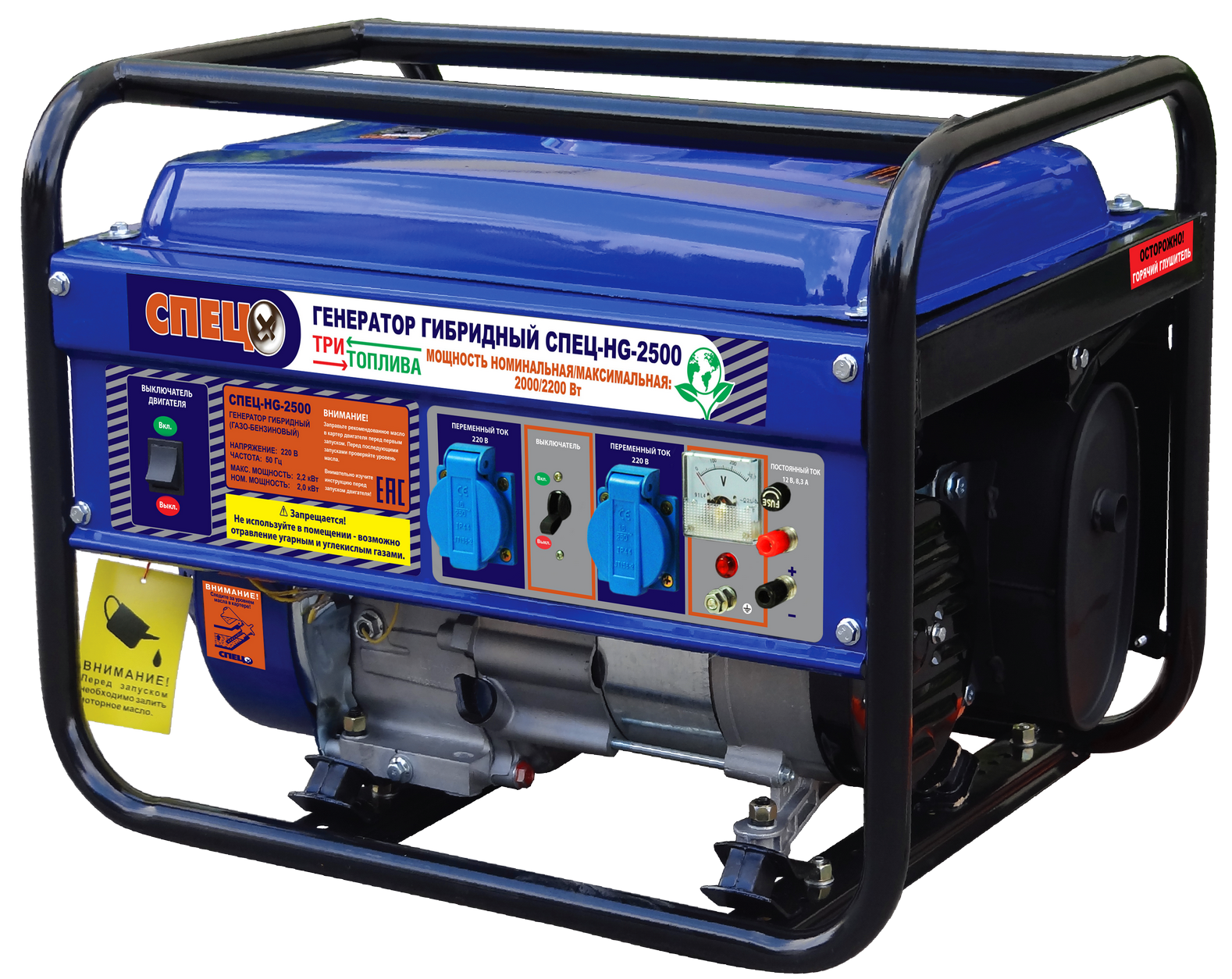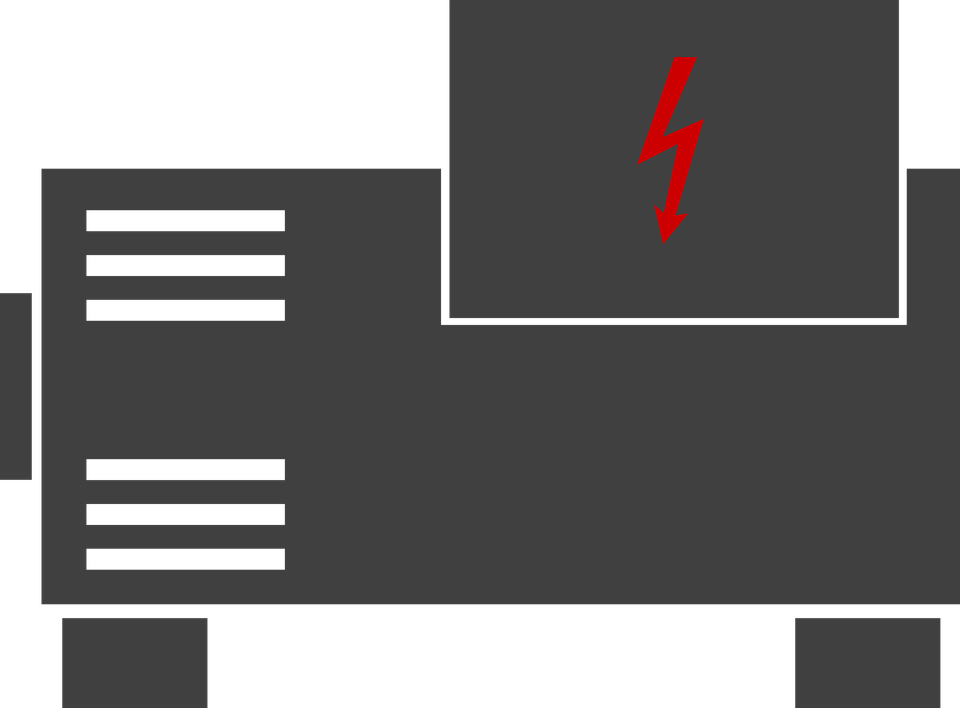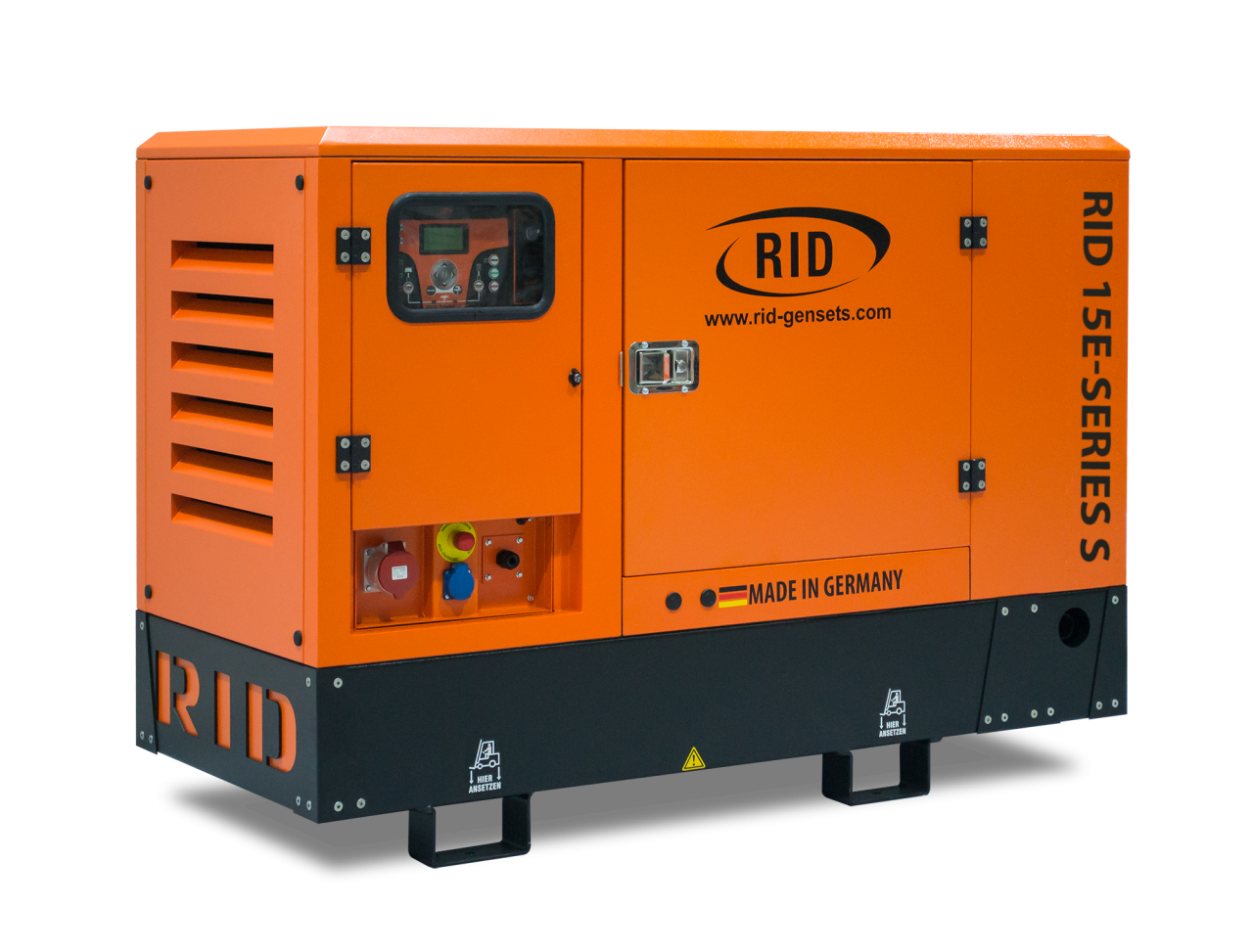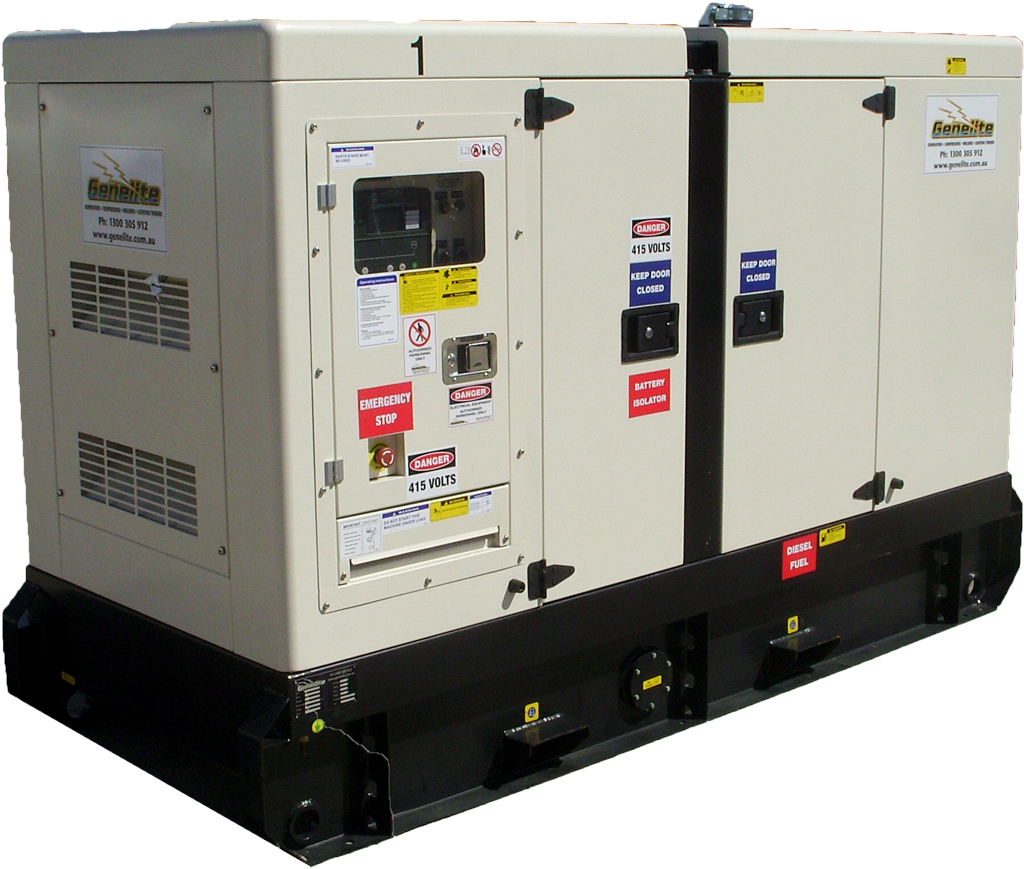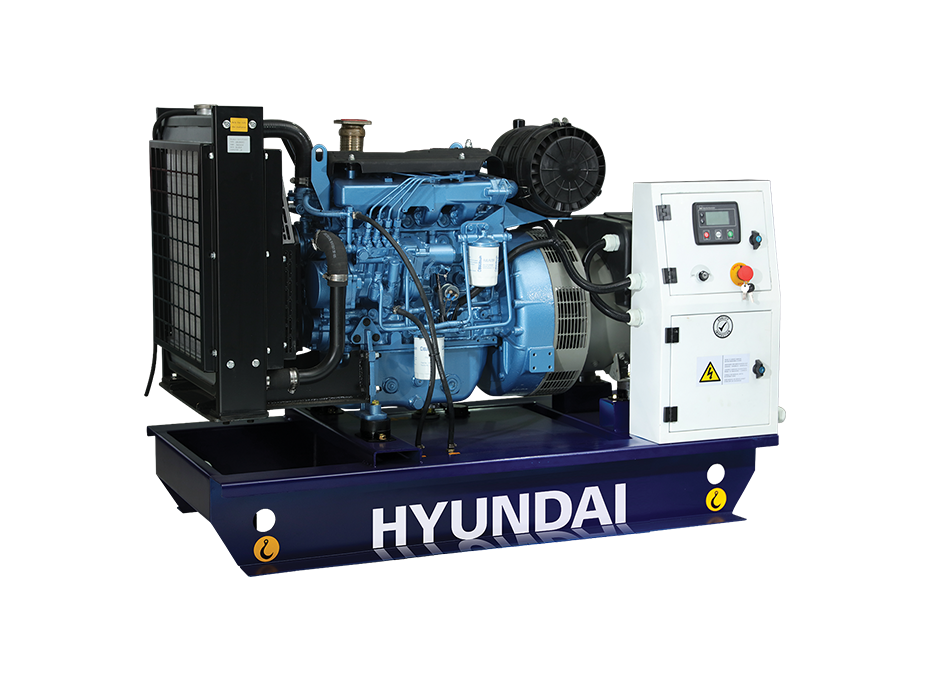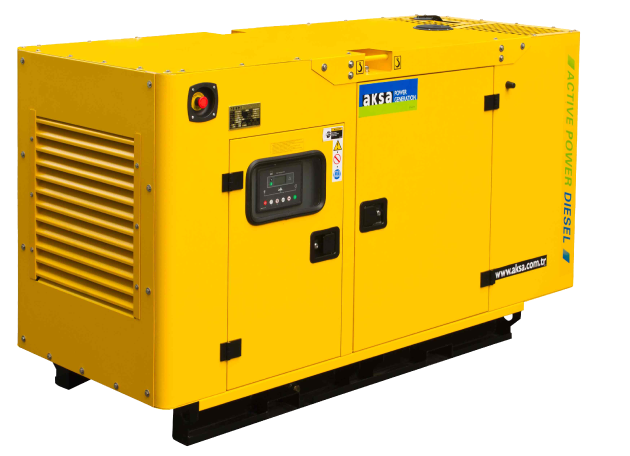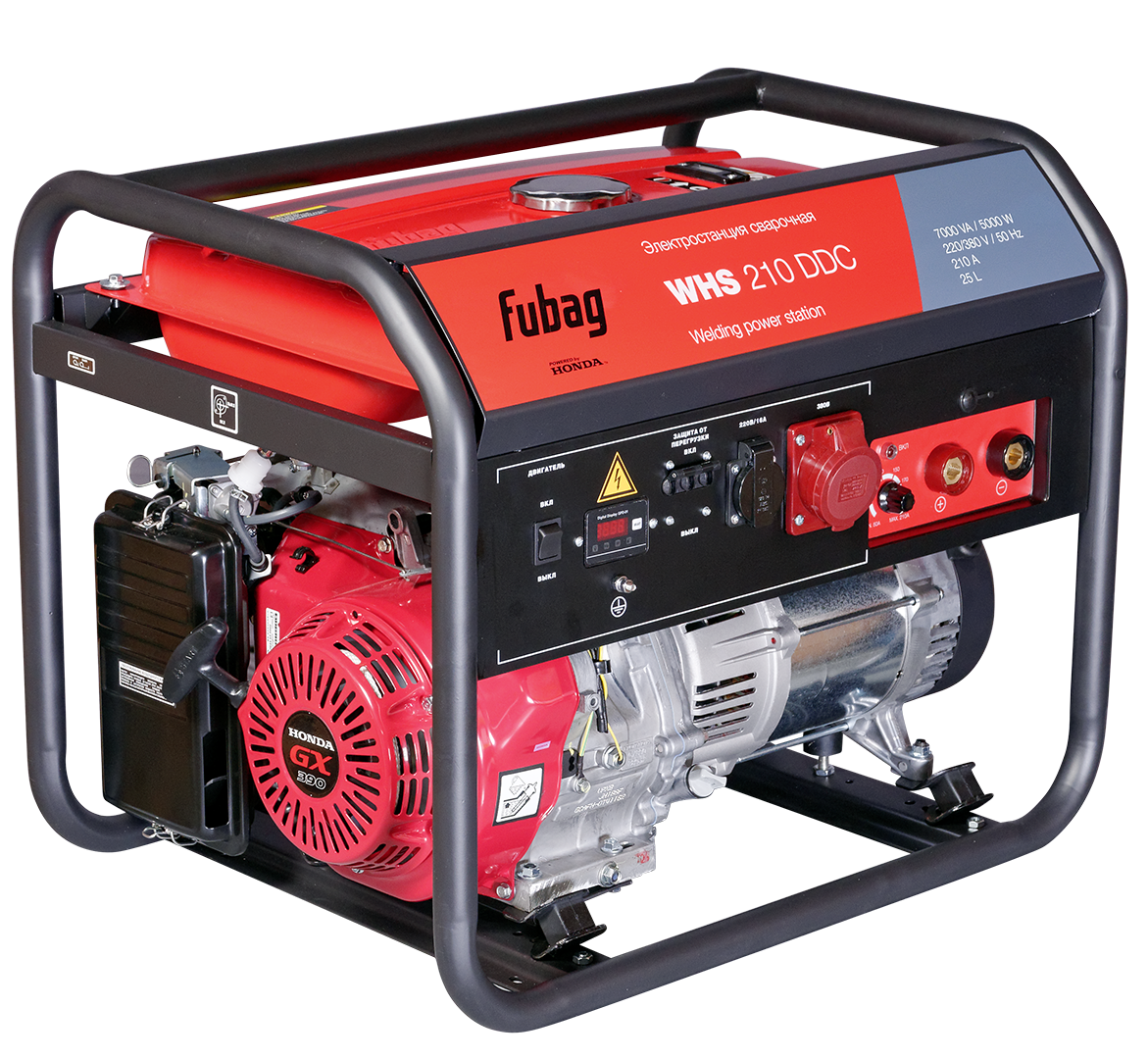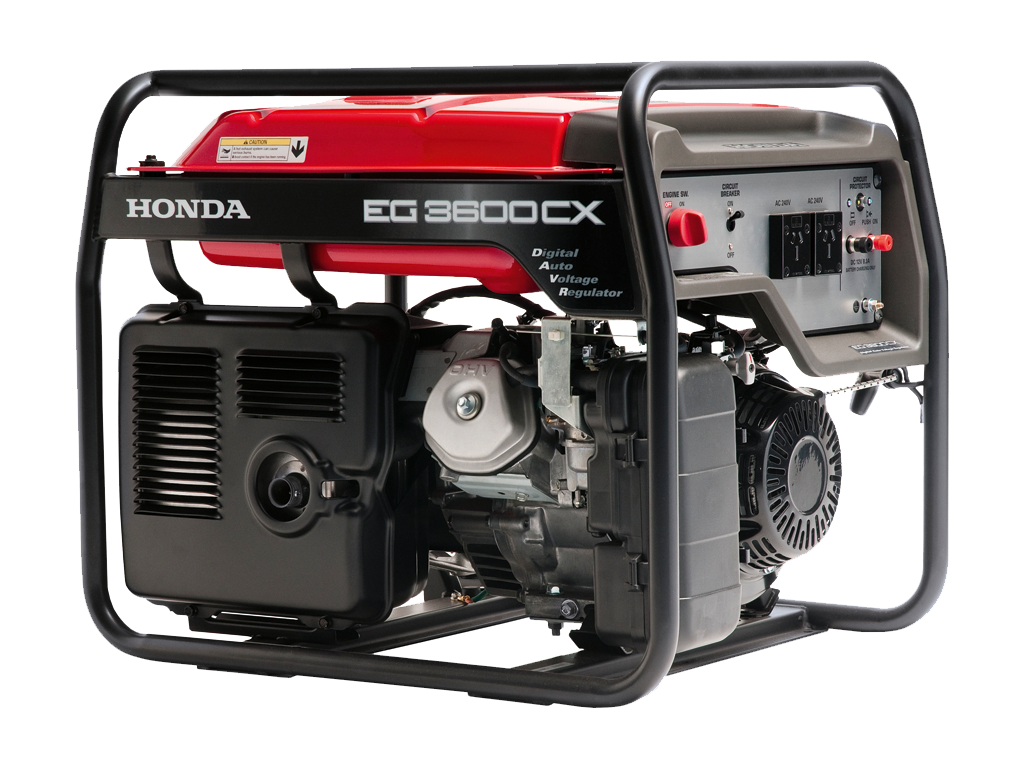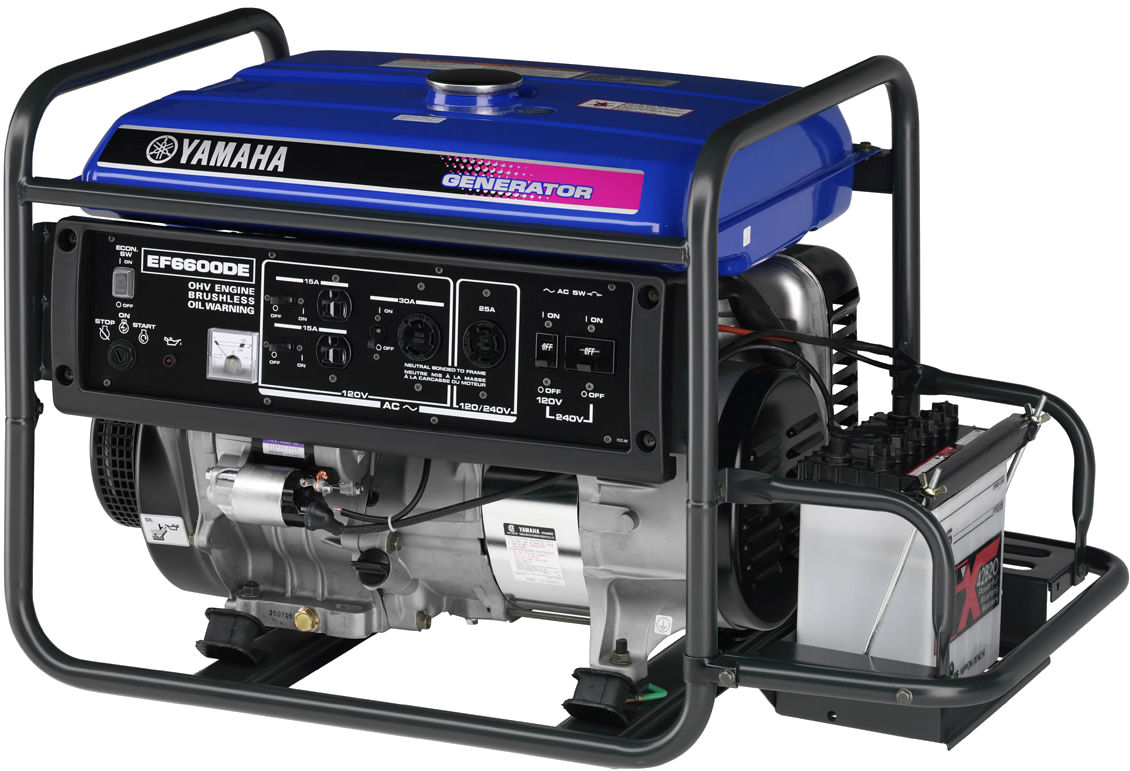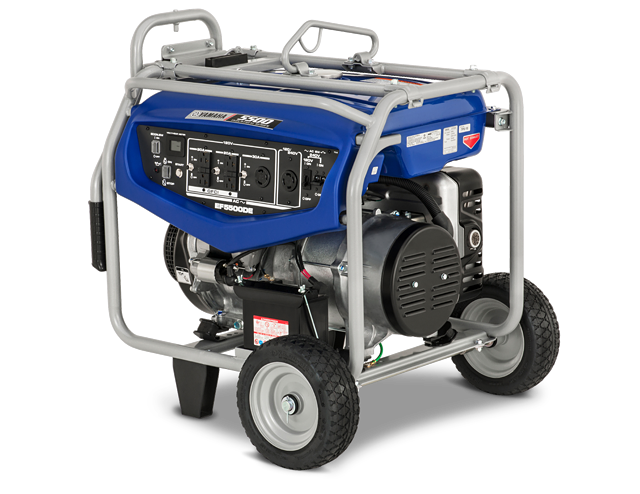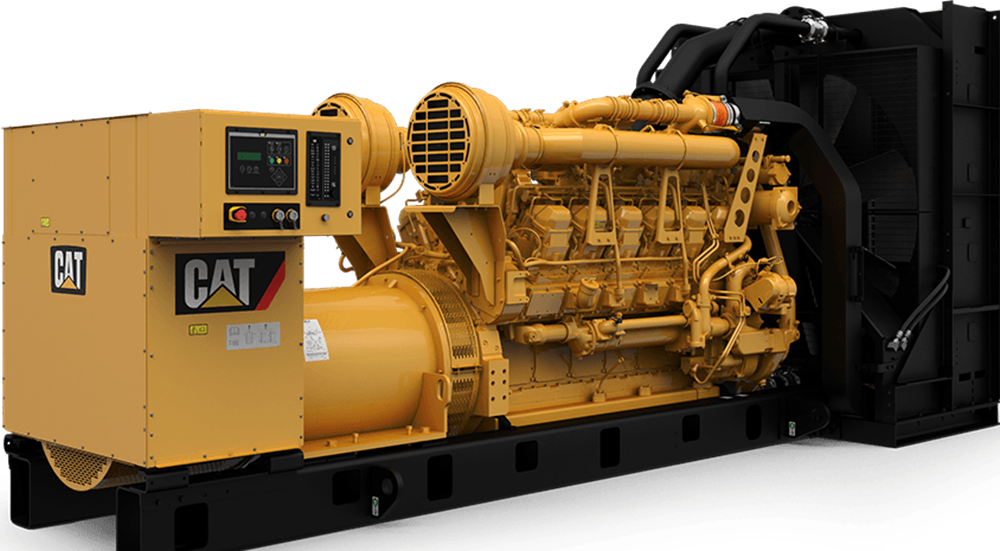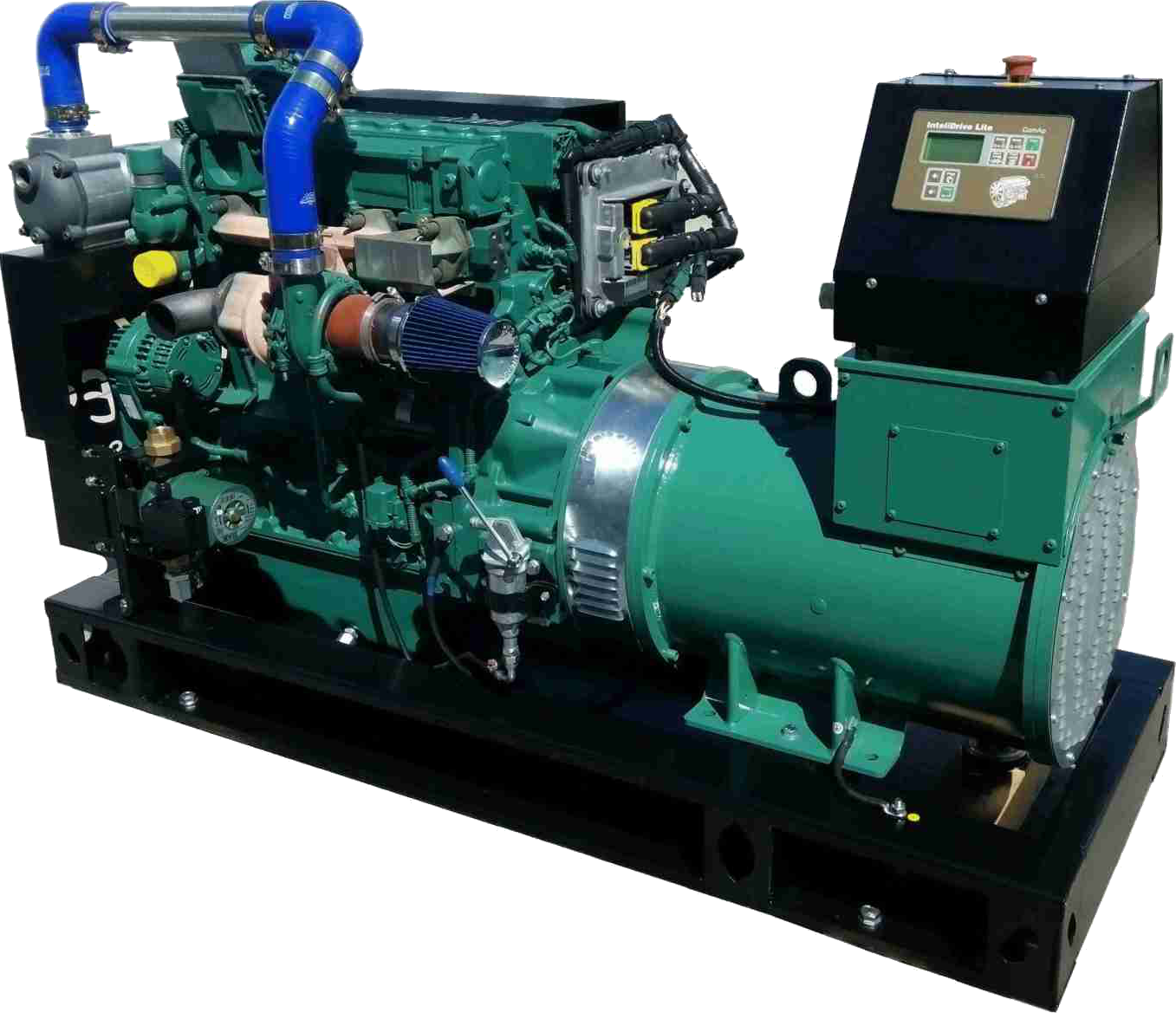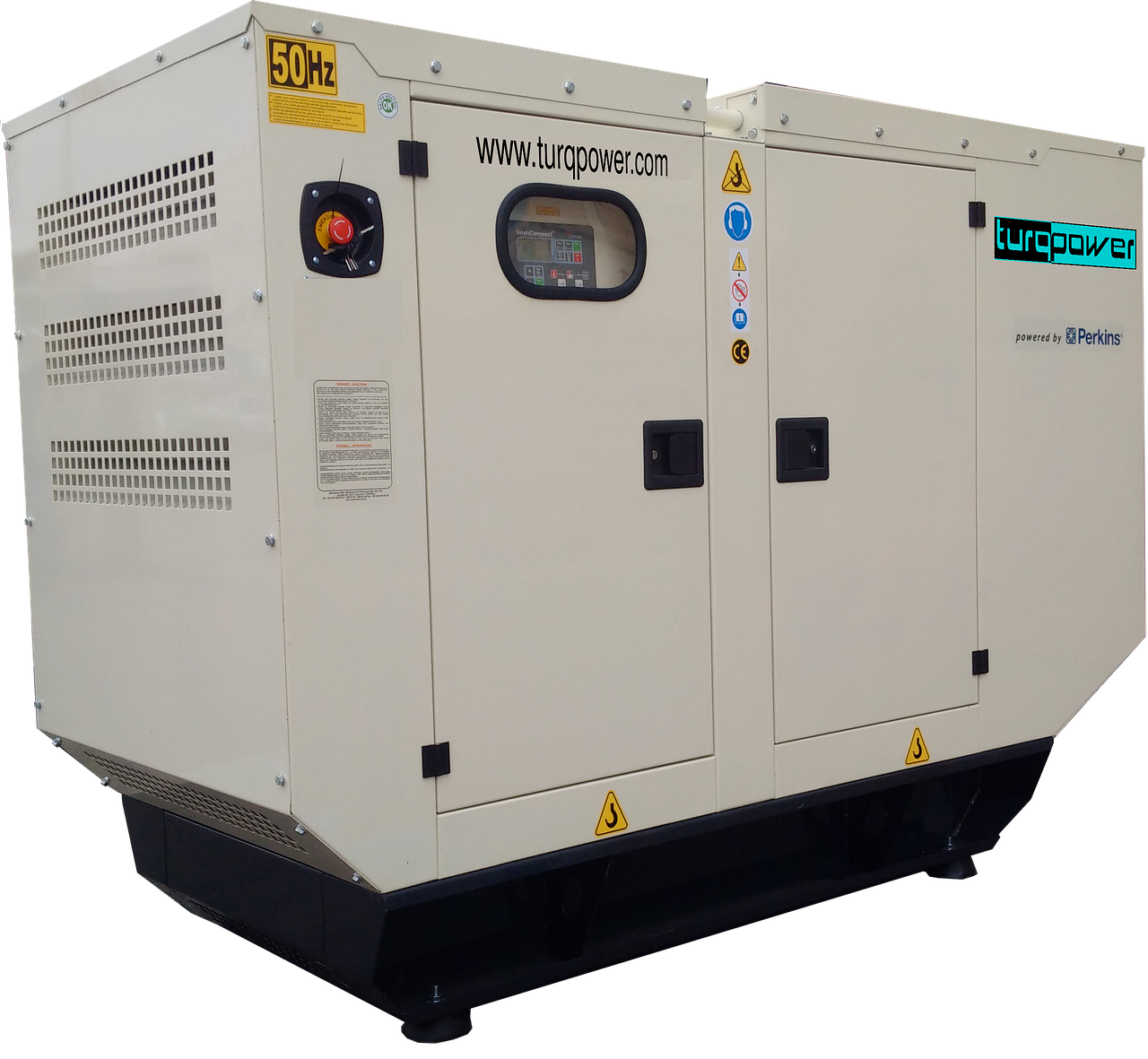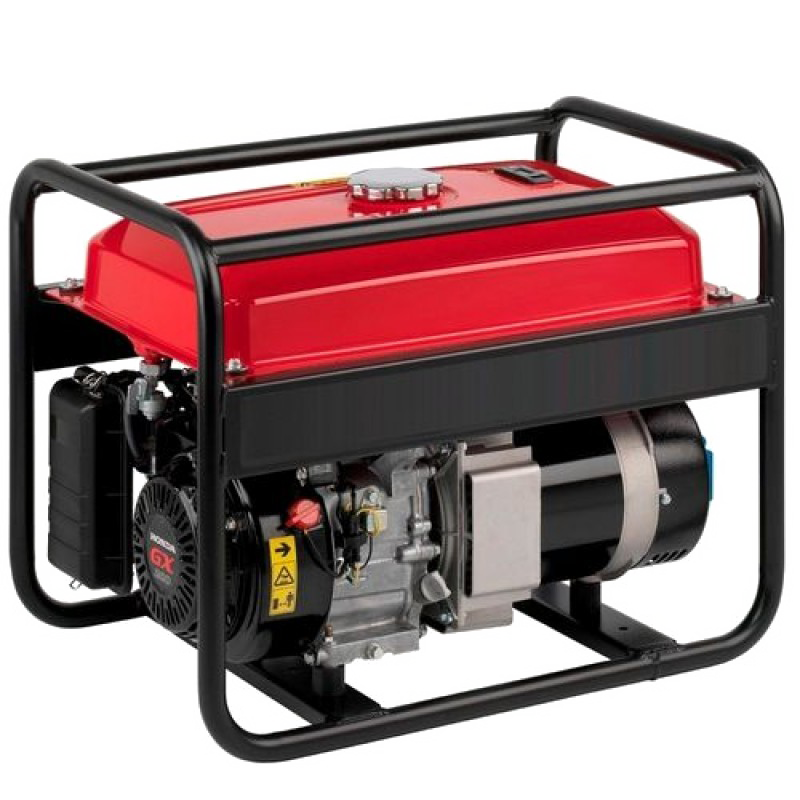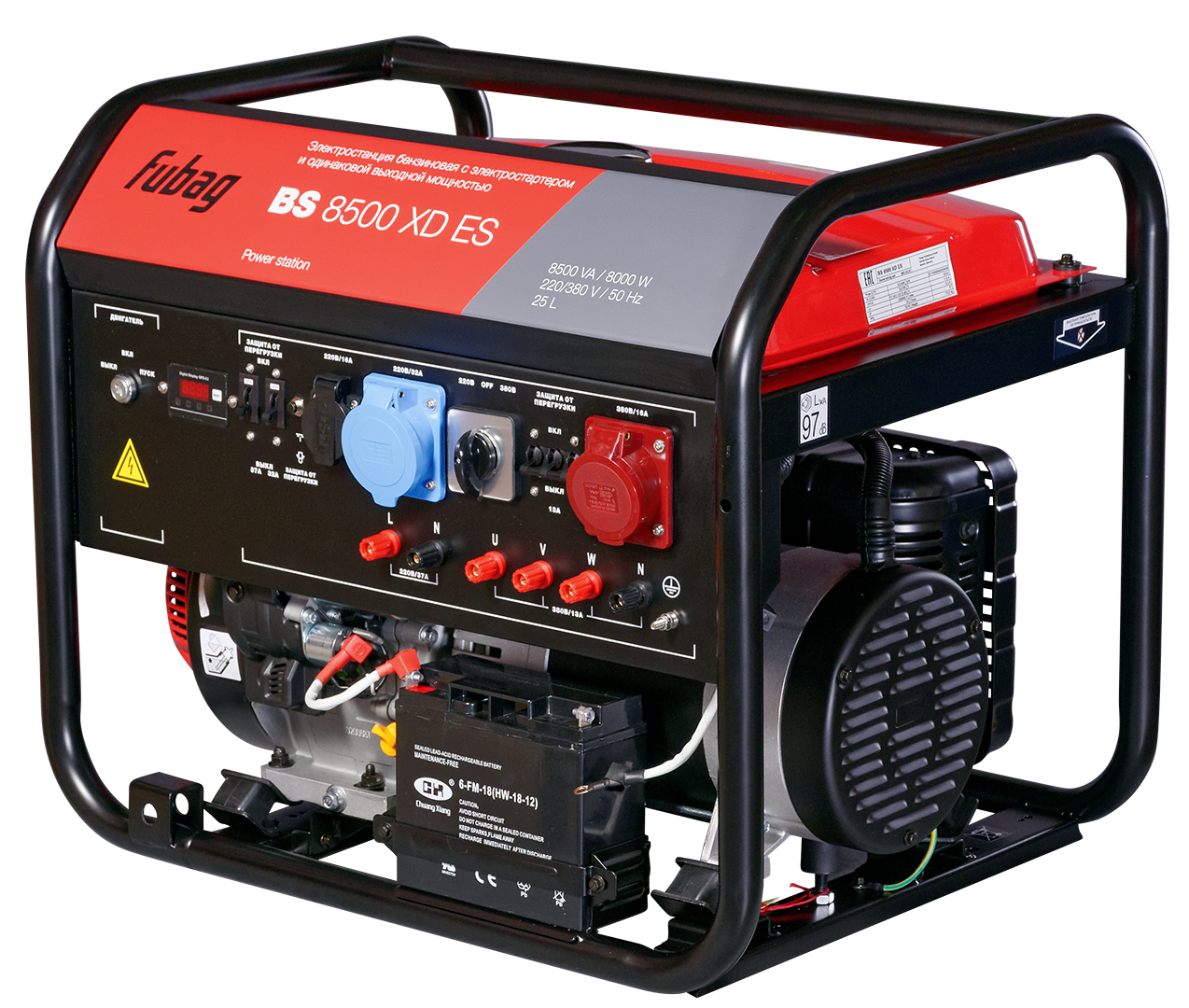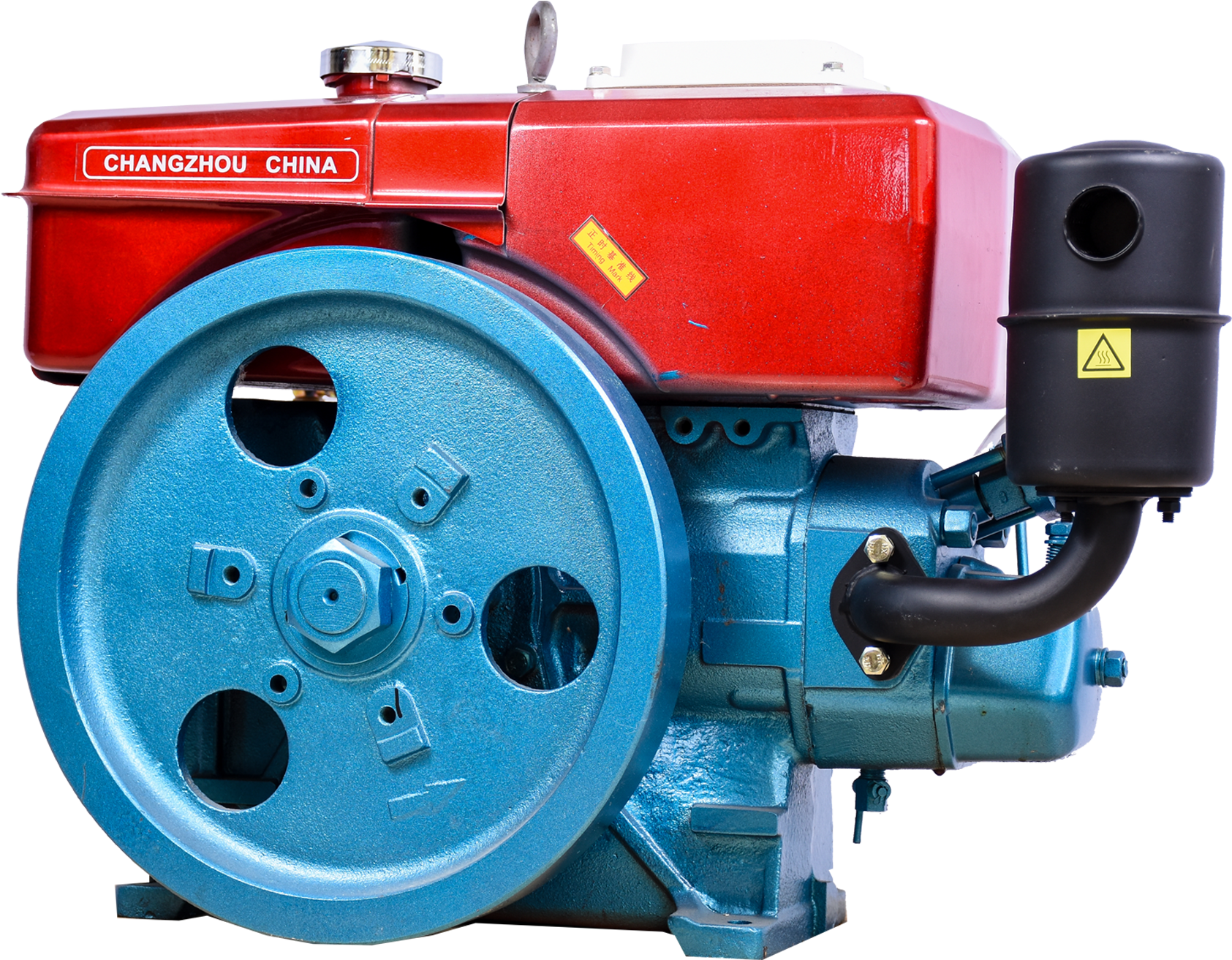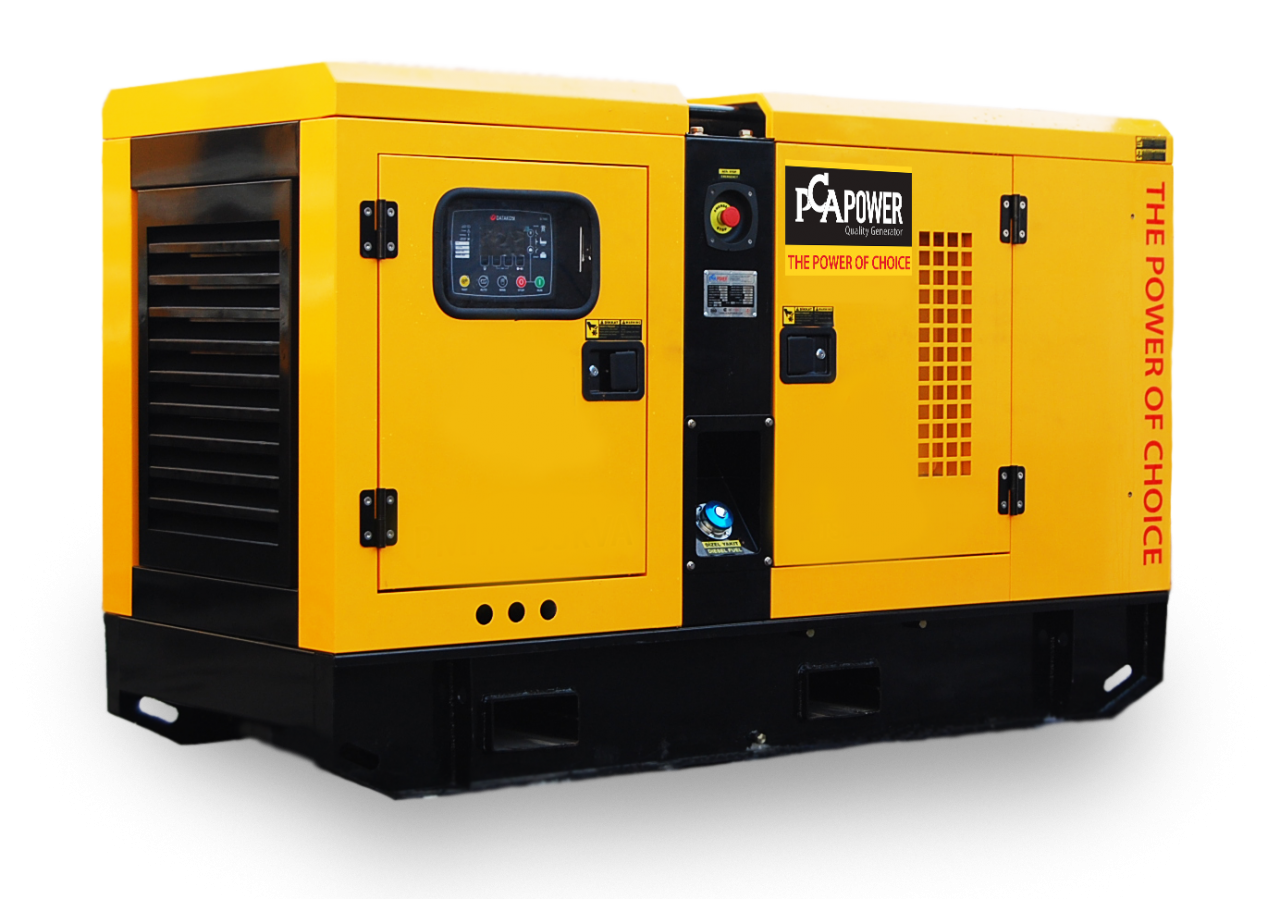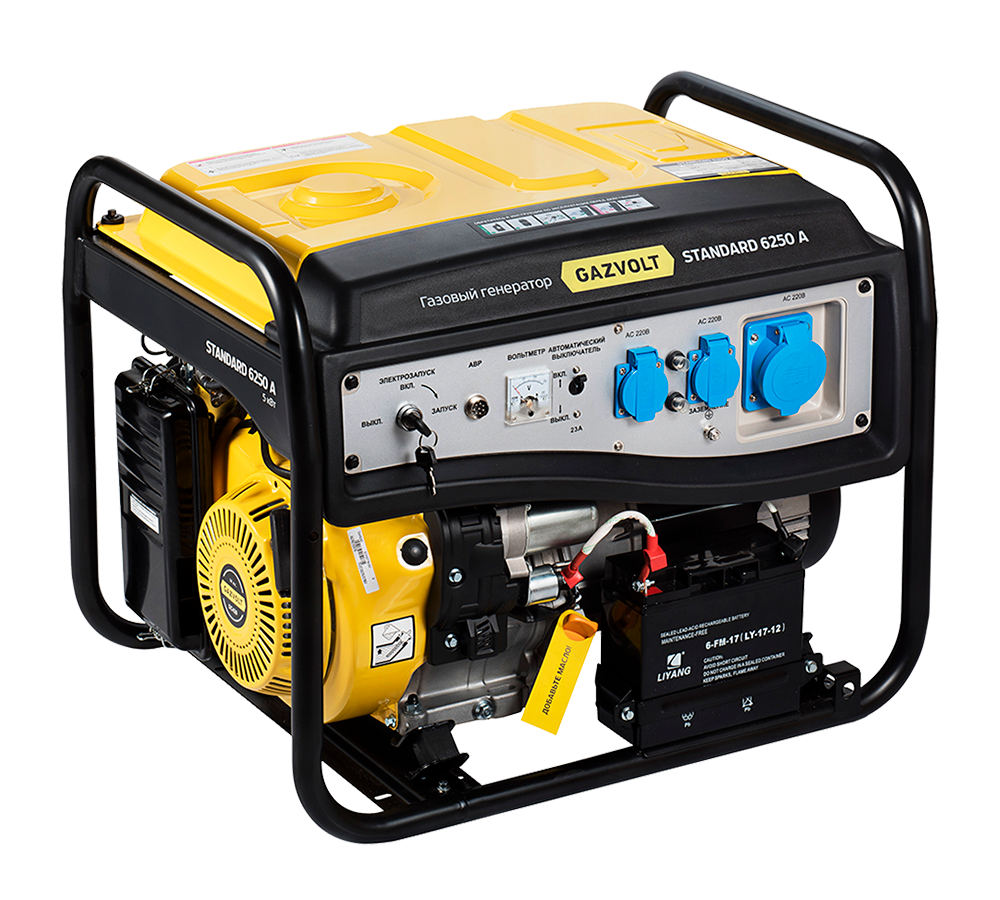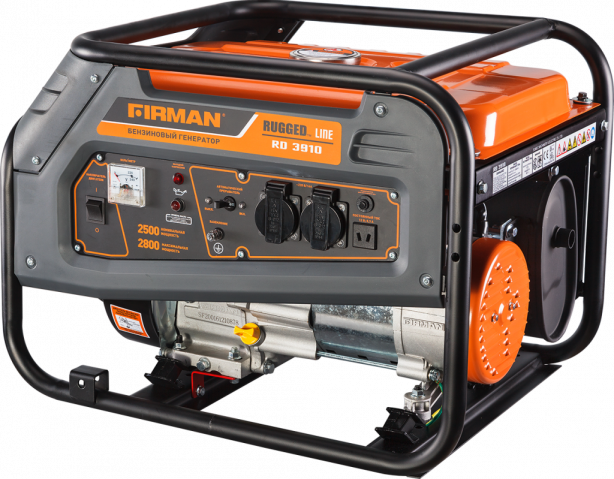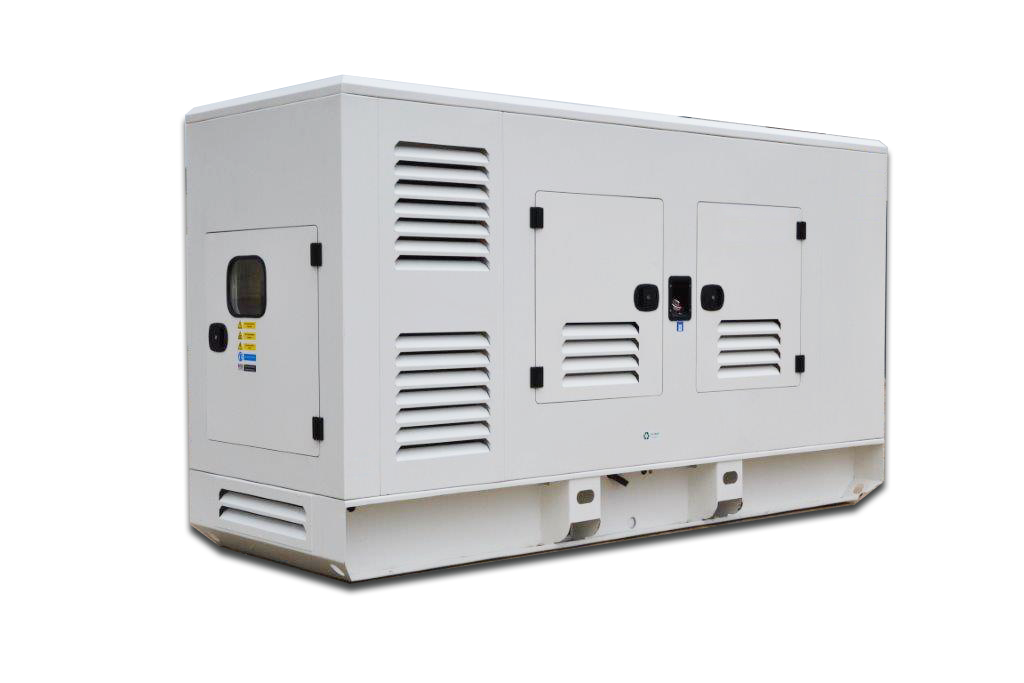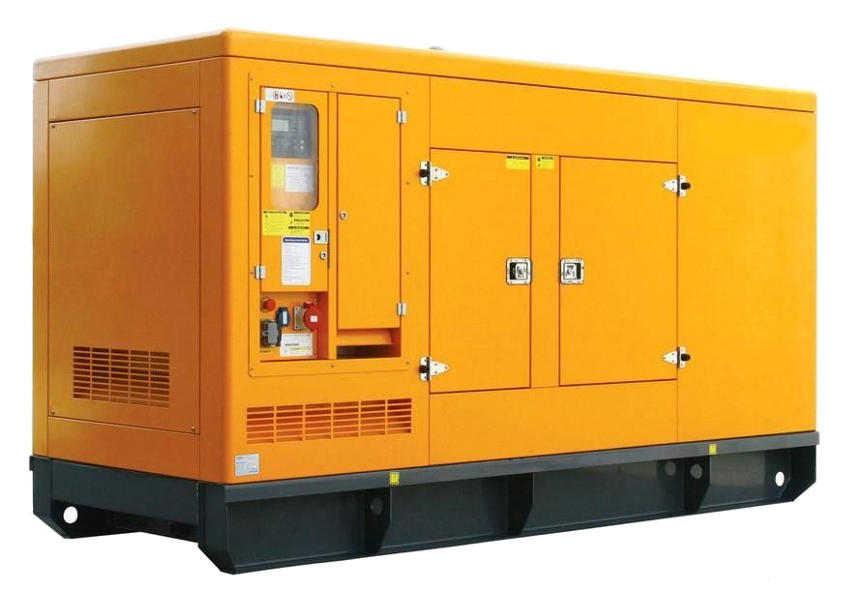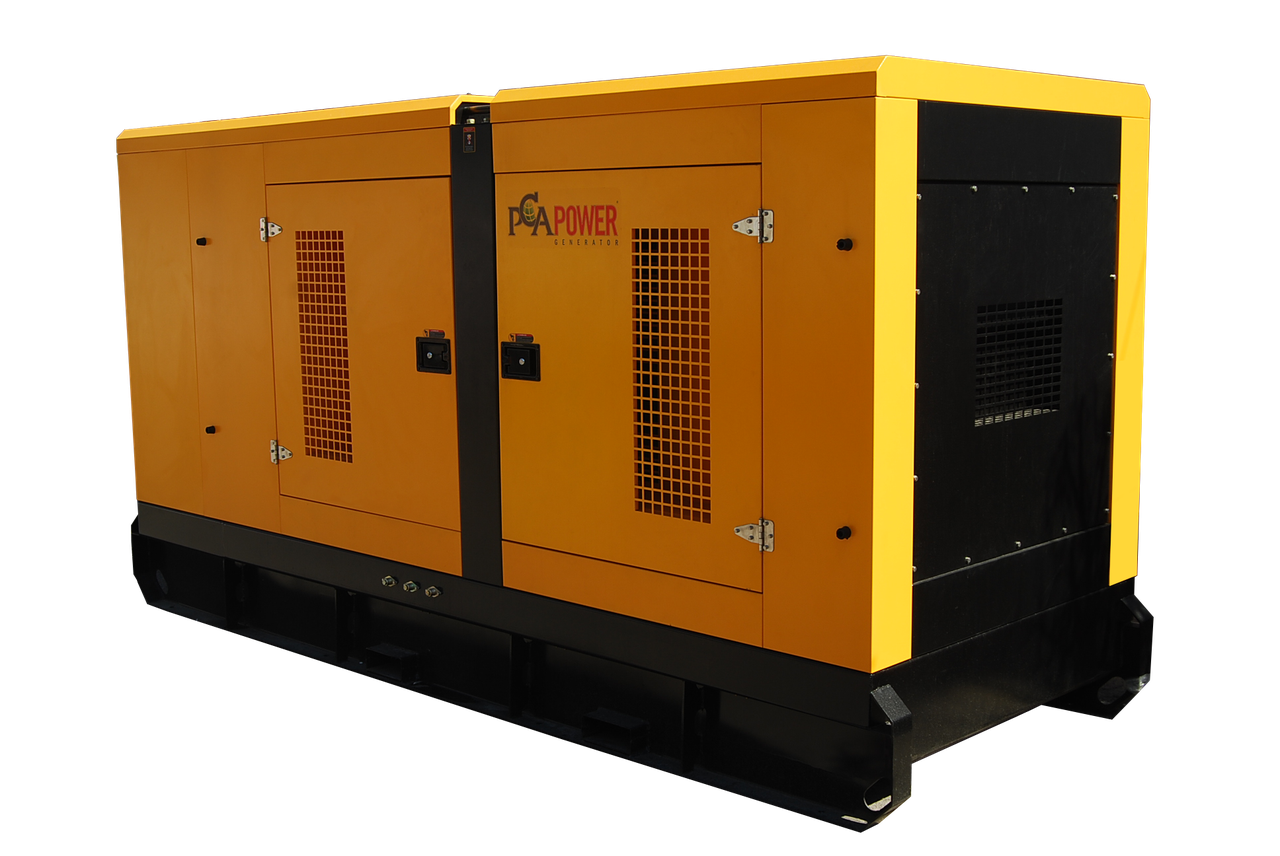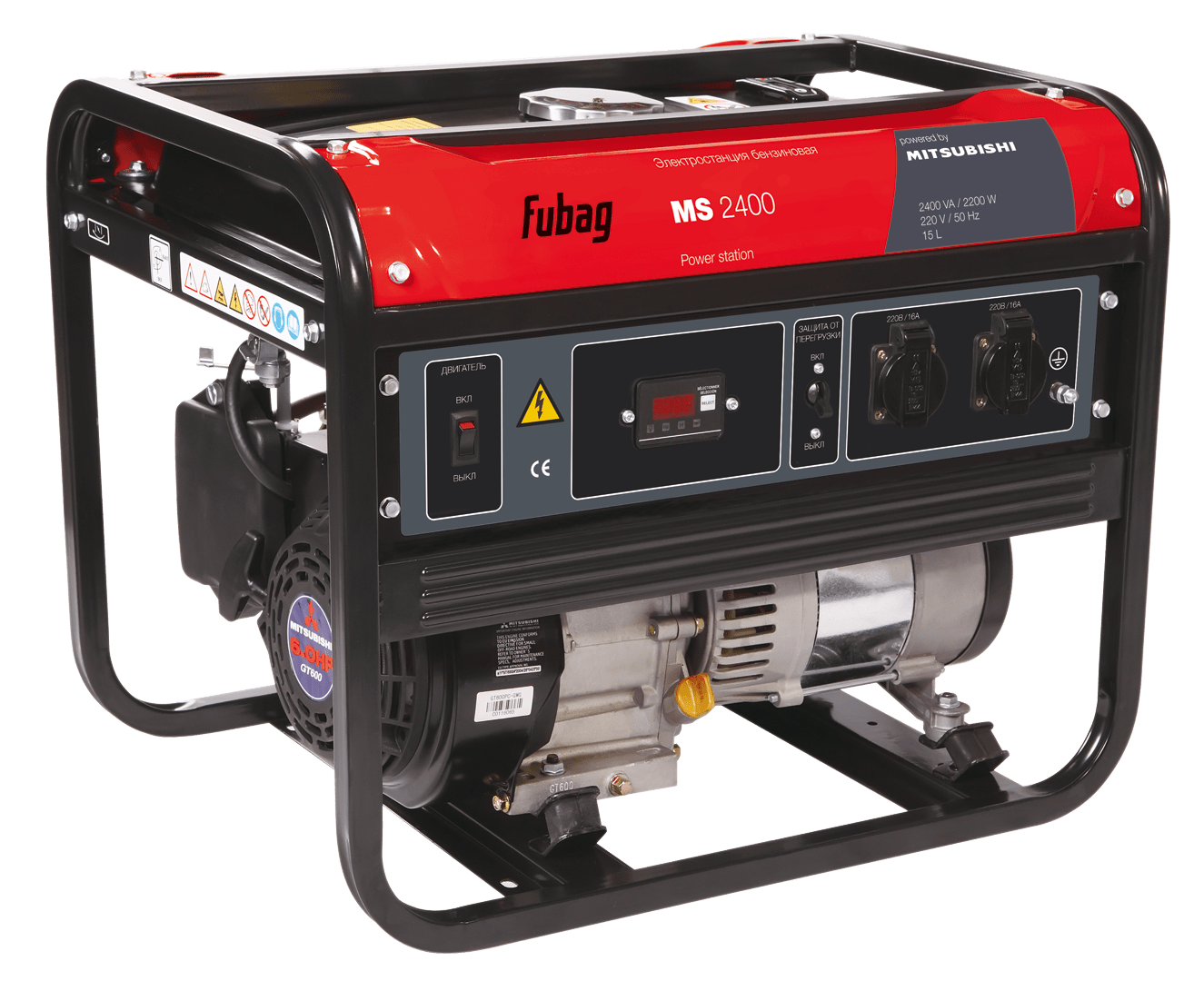Download top and best high-quality free Generator PNG Transparent Images backgrounds available in various sizes. To view the full PNG size resolution click on any of the below image thumbnail.
License Info: Creative Commons 4.0 BY-NC
In power generation, a generator is a device that converts engine power (mechanical energy) into electrical energy for use in an external circuit. Mechanical energy sources include steam turbines, gas turbines, water turbines, combustion engines, wind turbines, and even hand cranes. The first electromagnetic generator, the Faraday disk, was invented in 1831 by the British scientist Michael Faraday. Generators provide almost all the power of the electrical grid.
An electric motor carries out the reverse conversion of electrical energy into mechanical energy, and motors and generators have much in common. Many motors can be mechanically driven to generate electricity, often make portable generators acceptable.
Before the connection between magnetism and electricity was discovered, electrostatic generators were invented. They worked on electrostatic principles, using moving electrically charged belts, plates, and disks that transferred charge to a high potential electrode. The charge was generated by one of two mechanisms: electrostatic induction or the triboelectric effect. These generators generate very high voltages and low currents.
Due to their inefficiency and the difficulty of insulating machines that generate very high voltages, electrostatic generators had a low power rating. They were never used to generate significant amounts of electricity. Their only practical application was to power the first X-ray tubes and then some atomic particle accelerators.
A tachogenerator is an electromechanical device that produces an output voltage proportional to the shaft’s speed of rotation. Can be used as a speed indicator or in a closed-loop speed control system. Tachogenerators are often used to power tachometers to measure the speed of electric motors, engines, and the equipment they power. Generators generate a voltage that is roughly proportional to the speed of rotation of the shaft. Thanks to their precise design and construction, generators can be designed to produce very accurate voltages for specific ranges of shaft speeds.
In the simplest form of a linear electric generator, a sliding magnet moves back and forth through a solenoid – a copper wire coil. An alternating current is induced in the wire circuits by Faraday’s law of induction every time the magnet slides. This type of generator is used in the Faraday flashlight. In wave supply circuits, larger linear power generators are used.
Download Generator PNG images transparent gallery.
- Power Generator PNG Image HD
Resolution: 1578 × 1254
Size: 3004 KB
Image Format: .png
Download
- Power Generator PNG Image
Resolution: 960 × 708
Size: 15 KB
Image Format: .png
Download
- Power Generator PNG Images
Resolution: 1280 × 1010
Size: 1339 KB
Image Format: .png
Download
- Power Generator PNG Photo
Resolution: 1240 × 1008
Size: 1423 KB
Image Format: .png
Download
- Power Generator PNG Pic
Resolution: 1280 × 973
Size: 1045 KB
Image Format: .png
Download
- Power Generator PNG Picture
Resolution: 1000 × 997
Size: 189 KB
Image Format: .png
Download
- Power Generator PNG Transparent HD Photo
Resolution: 1024 × 869
Size: 1235 KB
Image Format: .png
Download
- Power Generator PNG
Resolution: 1161 × 1123
Size: 1486 KB
Image Format: .png
Download
- Power Generator Transparent
Resolution: 930 × 680
Size: 2861 KB
Image Format: .png
Download
- Power Generator
Resolution: 965 × 878
Size: 854 KB
Image Format: .png
Download
- Generator PNG Clipart
Resolution: 630 × 456
Size: 181 KB
Image Format: .png
Download
- Generator PNG Download Image
Resolution: 1024 × 909
Size: 266 KB
Image Format: .png
Download
- Generator PNG File Download Free
Resolution: 1171 × 1080
Size: 1620 KB
Image Format: .png
Download
- Generator PNG File
Resolution: 1024 × 768
Size: 795 KB
Image Format: .png
Download
- Generator PNG Free Download
Resolution: 1024 × 768
Size: 665 KB
Image Format: .png
Download
- Generator PNG Free Image
Resolution: 1157 × 729
Size: 993 KB
Image Format: .png
Download
- Generator PNG HD Image
Resolution: 1130 × 771
Size: 670 KB
Image Format: .png
Download
- Generator PNG High Quality Image
Resolution: 640 × 494
Size: 325 KB
Image Format: .png
Download
- Generator PNG Image File
Resolution: 1000 × 551
Size: 721 KB
Image Format: .png
Download
- Generator PNG Image HD
Resolution: 1000 × 879
Size: 944 KB
Image Format: .png
Download
- Generator PNG Image
Resolution: 1357 × 1169
Size: 861 KB
Image Format: .png
Download
- Generator PNG Images
Resolution: 2000 × 1700
Size: 2220 KB
Image Format: .png
Download
- Generator PNG Photo
Resolution: 1466 × 1161
Size: 1728 KB
Image Format: .png
Download
- Generator PNG Pic
Resolution: 1280 × 1181
Size: 1216 KB
Image Format: .png
Download
- Generator PNG Picture
Resolution: 800 × 800
Size: 488 KB
Image Format: .png
Download
- Generator PNG Transparent HD Photo
Resolution: 1274 × 1080
Size: 1802 KB
Image Format: .png
Download
- Generator PNG
Resolution: 1685 × 1313
Size: 4891 KB
Image Format: .png
Download
- Generator Transparent
Resolution: 800 × 616
Size: 515 KB
Image Format: .png
Download
- Generator
Resolution: 654 × 520
Size: 179 KB
Image Format: .png
Download
- Power Generator PNG Clipart
Resolution: 768 × 400
Size: 71 KB
Image Format: .png
Download
- Power Generator PNG Download Image
Resolution: 1280 × 899
Size: 914 KB
Image Format: .png
Download
- Power Generator PNG File Download Free
Resolution: 1000 × 900
Size: 1086 KB
Image Format: .png
Download
- Power Generator PNG File
Resolution: 614 × 479
Size: 435 KB
Image Format: .png
Download
- Power Generator PNG Free Download
Resolution: 1024 × 683
Size: 219 KB
Image Format: .png
Download
- Power Generator PNG Free Image
Resolution: 864 × 590
Size: 389 KB
Image Format: .png
Download
- Power Generator PNG HD Image
Resolution: 1280 × 856
Size: 805 KB
Image Format: .png
Download
- Power Generator PNG High Quality Image
Resolution: 1325 × 1080
Size: 413 KB
Image Format: .png
Download
- Power Generator PNG Image File
Resolution: 1455 × 1080
Size: 1736 KB
Image Format: .png
Download
